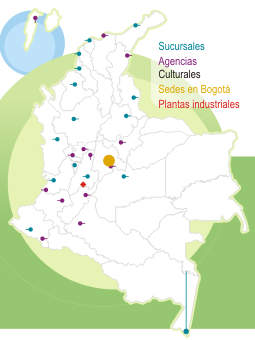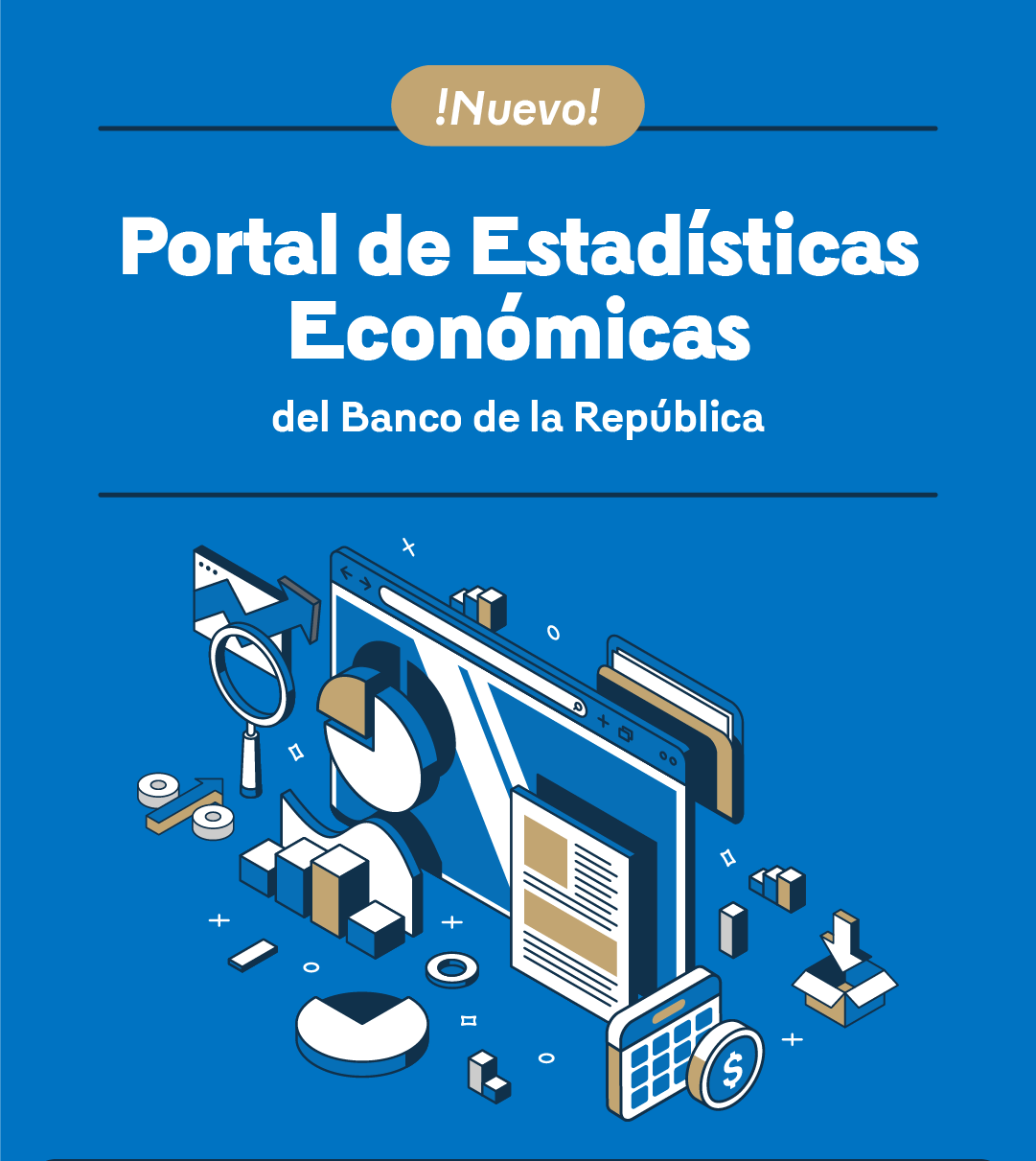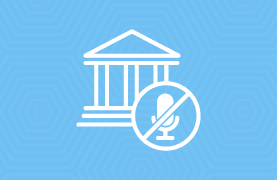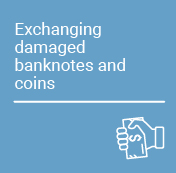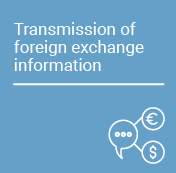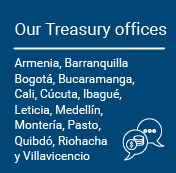National Financial Accounts Bulletin by Institutional Sector – First Quarter 2025
Below is a summary of financial accounts by institutional sector and financial instrument. For further details, please refer to the Technical Bulletin (only in Spanish).
Financial Flows for the First Quarter of 2025
1. By Institutional Sector
According to the Financial Accounts calculated by Banco de la República (the Central Bank of Colombia), in the first quarter of 2025, the current account deficit of the Colombian economy reached 1.7% of quarterly Gross Domestic Product (GDP), compared to 1.4% in the same period of 2024. This is mainly explained by the deficits of non-financial corporations (5.4%) and financial corporations (1.3%). The institutional sectors that offset said deficit were households and the General Government, with surpluses of 2.8% and 2.3%, respectively.
Graph 1. Current Account Deficit of the Colombian Economy and Savings and Investment Balances by Institutional Sector, Q1 2024 – Q1 2025
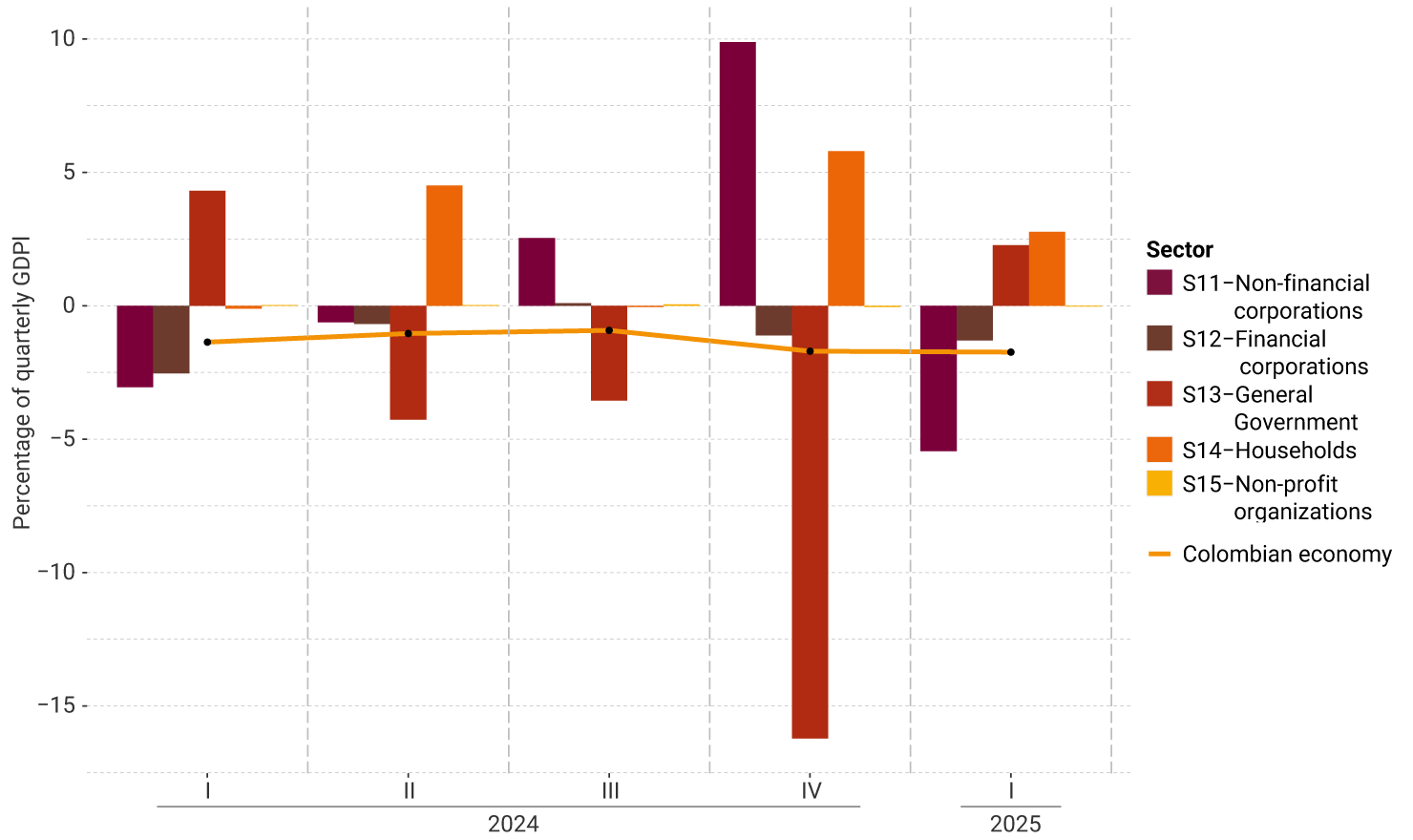
Source: Banco de la República - Financial Accounts
During the first quarter of 2025, the economy's consolidated external financing needs increased by 0.4 percentage points (pp), as reflected in the internal and external financing flows across institutional sectors. This increase in the economy’s financing was explained by higher financing needs of non-financial corporations (-2.4 pp) and a reduction in the General Government’s financing capacity (-2.0 pp). This was partially offset by an increase in the financial surplus of households (2.8 pp) and a decrease in the financing needs of financial corporations (1.2 pp).
Graph 2. Explanation of the Change in the Colombian Economy’s Saving-Investment Balance by Institutional Sector, Q1 2024 – Q1 2025
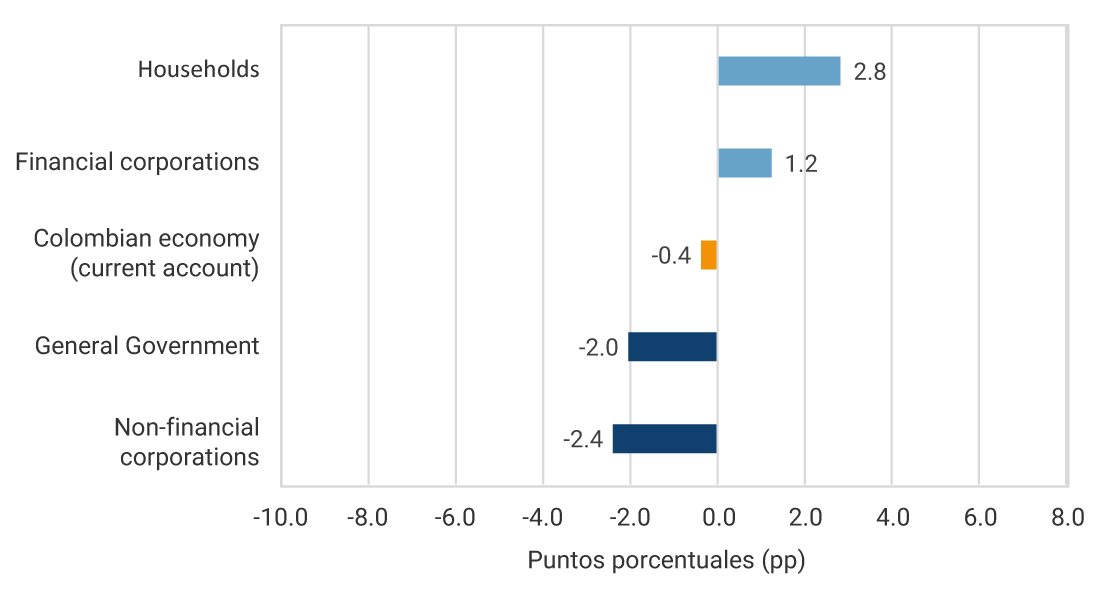
Source: Banco de la República - Financial Accounts
2. By Financial Instrument / Net External Financing
The negative quarterly saving-investment balance of the Colombian economy was covered by net external financing flows equivalent to 1.7% of quarterly GDP. Net inflows of financial resources from the rest of the world were mainly channeled through a net reduction in deposits (F2) abroad of 2.5%, net issuance of debt securities (F3) to the rest of the world of 0.7%, and net acquisition of accounts payable of 0.7%. This was partially offset by net foreign investment by equity and investments fund shares (F5) of 2.3% of quarterly GDP.
Graph 3. Net External Financing of Colombia's Saving-Investment Balance by Financial Instrument, Q1 2024 – Q1 2025
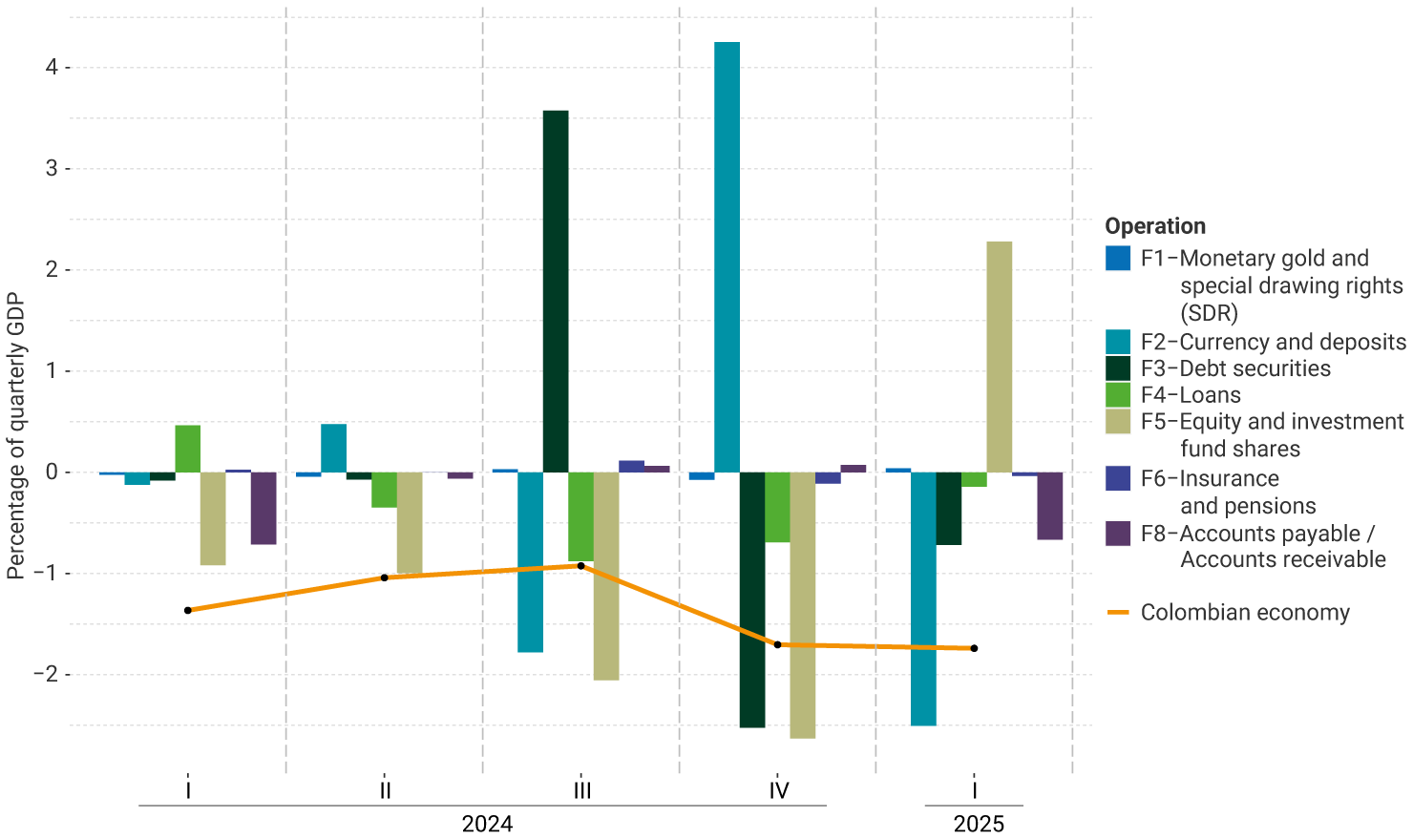
Source: Banco de la República - Financial Accounts
Compared to Q1 2024, the increase in external financing inflows of 0.4 pp was mainly explained by a net reduction in deposits (F2) by 2.4 pp, increased investment in debt securities from the rest of the world (F3) by 0.6 pp, and higher capital inflows from loans (F4) by 0.6 pp. This was offset by a higher net outflow of equity and investment fund shares (F5) abroad by 3.2 pp.
Graph 4. Explanation of the Change in the Colombian Economy’s Financing Needs by Financial Instrument, Q1 2024 – Q1 2025
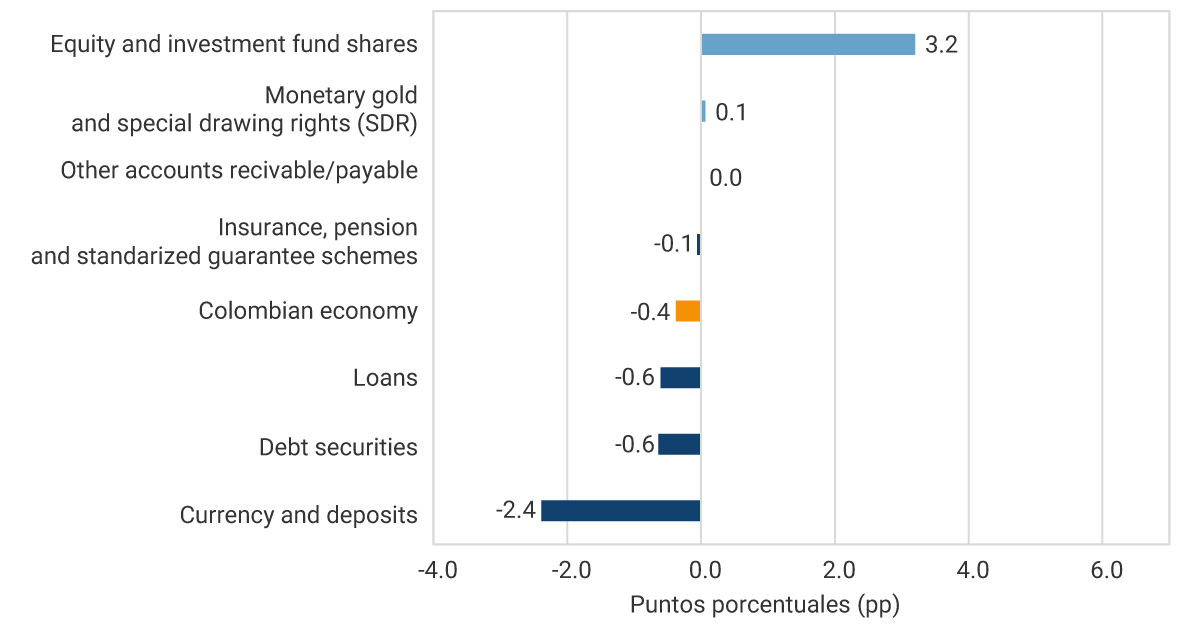
Source: Banco de la República - Financial Accounts
Financial Account Balances for the First Quarter of 2025
1. Net Financial Position by Institutional Sector
At the end of the first quarter of 2025, the Colombian economy recorded a net debtor position with the rest of the world equivalent to -53.1% of annual GDP, explained by the net debtor position of non-financial corporations (-85.5%) and the General Government (-38.5%). This was partially offset by the net creditor positions of households (62.0%) and financial corporations (8.7%).
Compared to the first quarter of 2024, there was a 5.5 pp reduction in the external debtor position of the economy, explained by the reduction in the net debtor position of non-financial corporations (10.7 pp). These changes were partially offset by an increase in the net debtor position of the General Government (3.9 pp) and a decrease in the net creditor position of households (1.1 pp).
Graph 5. Colombia's Net Financial Position by Institutional Sector, Q1 2024 – Q1 2025 (percentage of annual nominal GDP*)
* Corresponds to the rolling sum of quarterly GDP for the last 4 periods
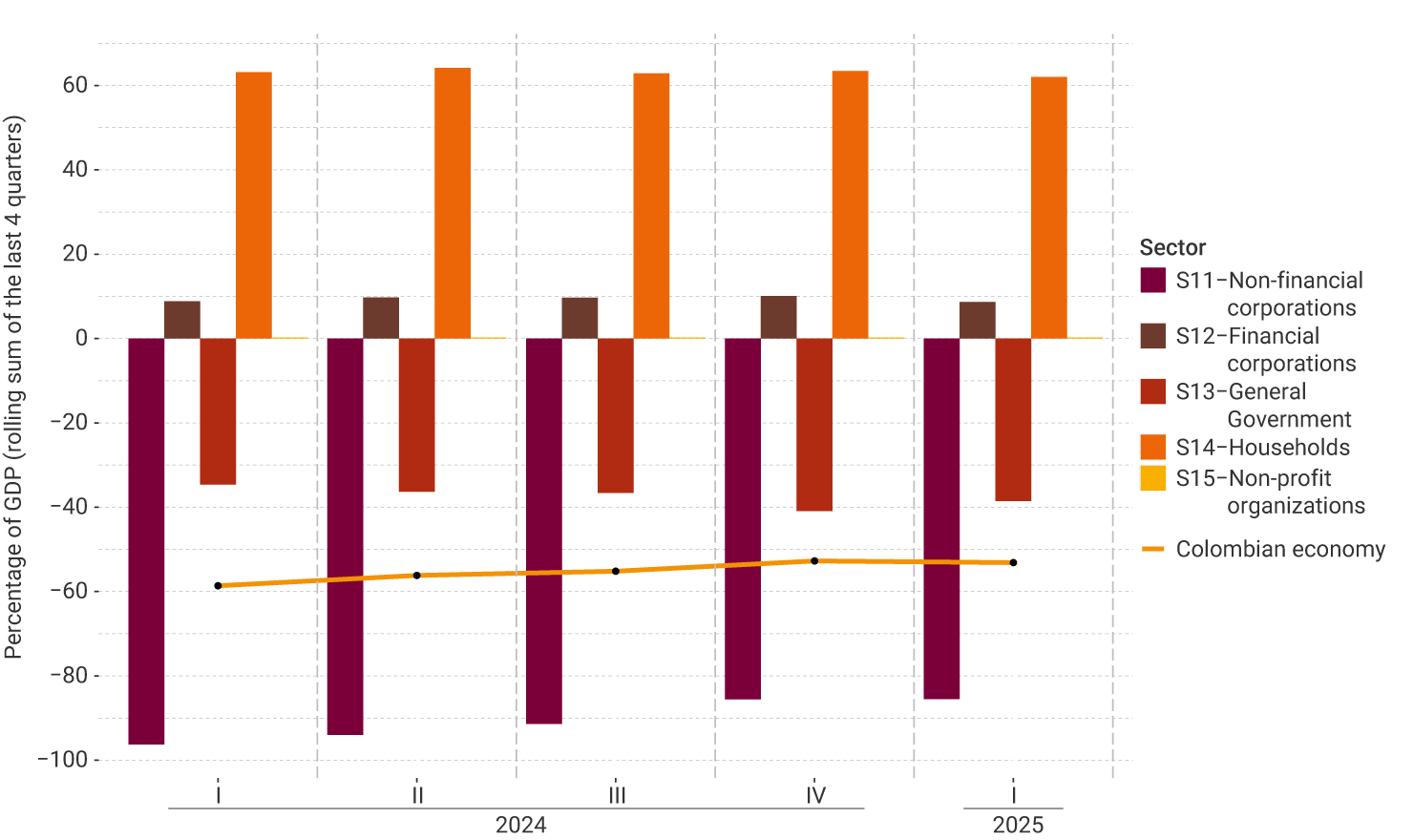
Source: Banco de la República - Financial Accounts
2. Net External Position by Financial Instrument
At the end of the first quarter of 2025, the net debtor position of the Colombian economy with the rest of the world, equivalent to -53.1%, was mainly represented by equity investments (F5) at -40.1% and loans (F4) at -21.1% of annual GDP. This was partially offset by Colombians' foreign holdings of currency and deposits (F2) and debt securities (F3) at 5.1% and 2.0%, respectively.
Compared to the first quarter of 2024, the reduction in the net debtor position of the economy by 5.5 pp was mainly due to the decrease in the net debtor position through equity investments (F5) by 5.6 pp, along with increased outward investment in debt securities (F3) by 0.5 pp. This variation was partially offset by a higher level of debt through loans (F4) by 0.5 pp.
Net External Financial Position of the Colombian Economy by Financial Instrument, Q1 2024 – Q1 2025 (percentage of annual nominal GDP*)
* Corresponds to the rolling sum of quarterly GDP for the last 4 periods
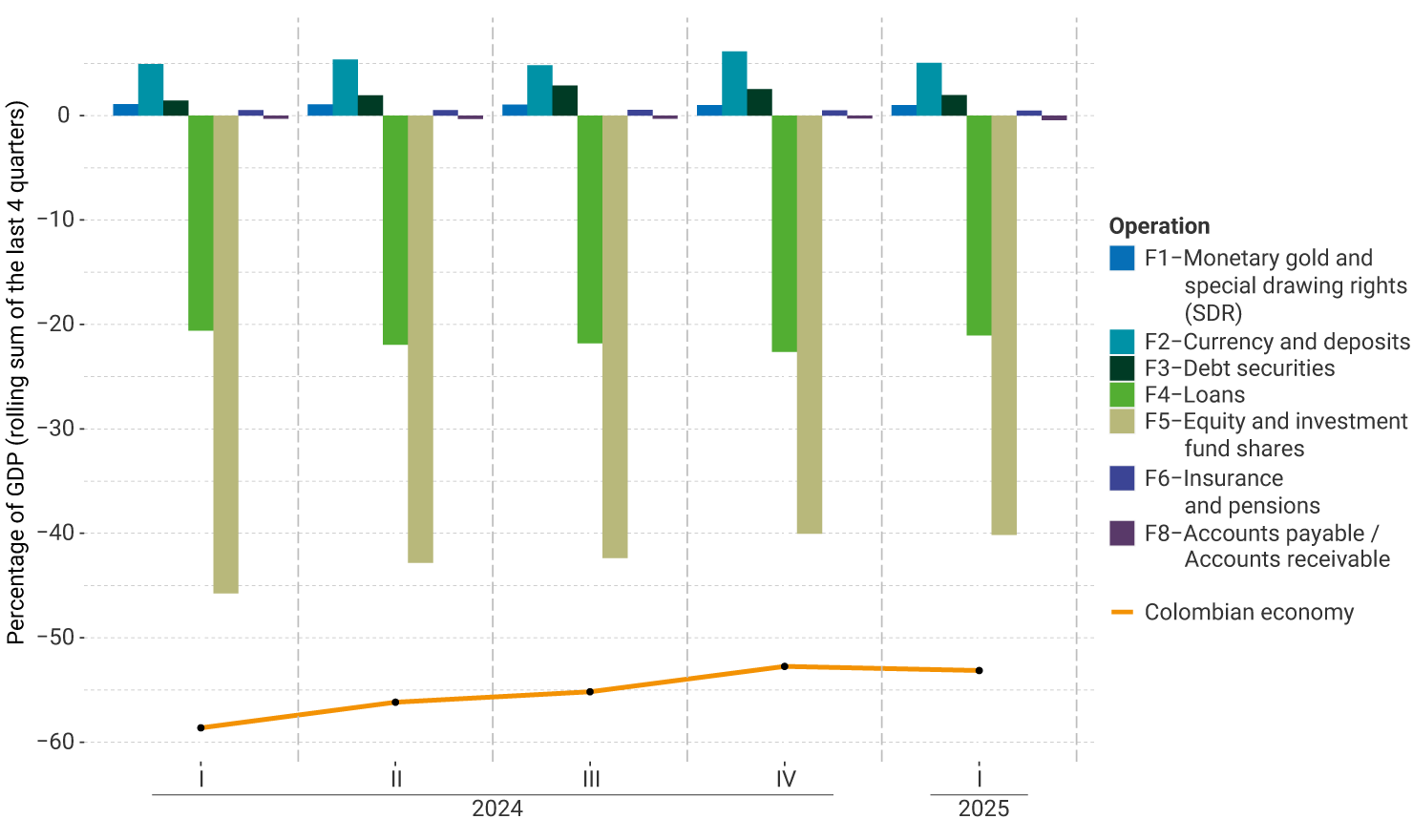
Source: Banco de la República - Financial Accounts









